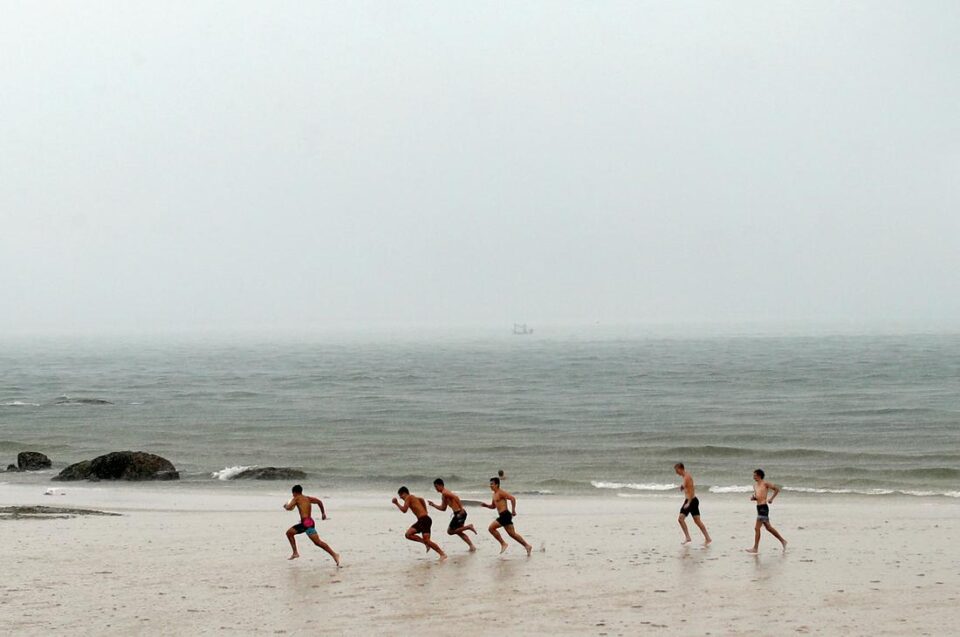Thailand’s tourism-revival strategy is to target big spenders seeking privacy and social distancing in the COVID-19 era, rather than try to attract a large number of visitors.
The pandemic provides an opportunity to reset the sector, which had become reliant on Chinese groups and backpackers.
Once the country’s borders are reopened and socalled travel bubbles are agreed upon, marketing efforts will be geared toward wealthier individuals who want holidays with minimal risks, Tourism Minister Phiphat Ratchakitprakarn said in an interview.
The government will initially allow a small number of arrivals, such as some business executives and medical tourists.
It is also working with the travel industry to identify and invite individuals in target demographics, which will probably include previous visitors to luxury resorts in the islands of Phuket, Samui, Phangan and Phi Phi, the minister said. Phuket is “a prototype” because it has all the needed facilities.
People may be required to pass COVID19 screenings before traveling and upon arriving, choose a single resort island and remain for a minimum period of time.
The “highend visitors” will be able to travel freely while they’re on the island and be allowed to leave for home or other destinations in Thailand once the minimum 14 days have passed.
The country plans to court such visitors, possibly during the winter months of
NovemberFebruary when European and American travelers seek out warmer climates, Phiphat said.
“One person can easily spend as much as five by staying at the finest hotels,” he said, adding that full and free travel should become a “thing of the past.”
Thailand isn’t the only country grappling with the question of how and when to reopen for visitors.
Across Southeast Asia — one of the most tourismreliant regions in the world — hotels and travel businesses are slowly kicking into gear as countries that have succeeded in flattening their virus curves ease lockdown restrictions.
Thailand’s first few travelbubble pacts, with nations such as Japan and Australia, probably won’t be ready until at least August, Phiphat said.
Thailand also is mulling a program to allow visitors from specific Chinese cities and provinces, he said.
Thailand’s borders are currently locked to all but essential travel through June 30. Most restrictions on domestic travel were lifted this month.
The goal is for Thailand to have 10 million foreign arrivals this year — onequarter of the 2019 tally — Phiphat said. Total tourism revenue is forecast at 1.23 trillion baht ($39.6 billion) this year, down 59 percent from last year.
The tourism sector will account for about 6 percent of gross domestic product in 2020, down from 18 percent last year, Phiphat said.
The dearth of travelers is one reason Thailand’s economy is forecast to contract as much as 6 percent this year.
The government is rolling out stimulus worth 15 percent of GDP, according to World Bank estimates.
A lockdown, social distancing, tight control of borders and nearuniversal adoption of face masks enabled Thailand to restrict its official virus tally to just over 3,000, with 58 deaths.
The government has recently relaxed the lockdown and has detected no local transmission of the novel coronavirus for more than three weeks.
Phiphat said Thailand sees the crisis as an opportunity to address problems that existed before the pandemic, including overcrowding at some beaches and temples and environmental destruction.
In the quiet months without foreign travelers, sea turtles have returned to lay eggs on Thai beaches, pink dolphins have been seen frolicking with fishermen and manatees swam to shore to snack on sea grass, Phiphat said.
“If we don’t use this chance to create the most benefit for the industry, Thailand will lose out,” he said. “This is an opportunity to reset the entire tourism system.”





